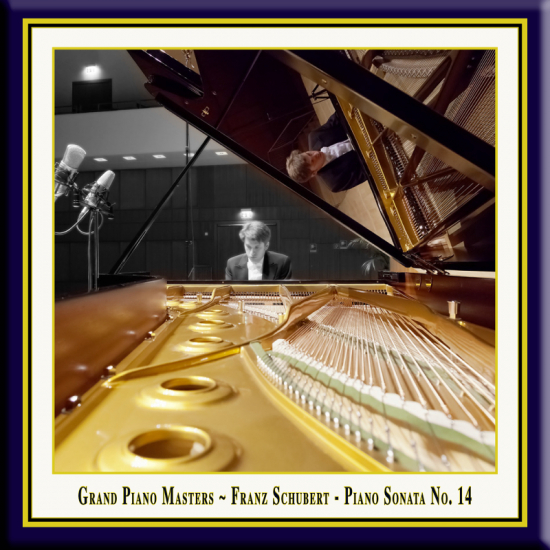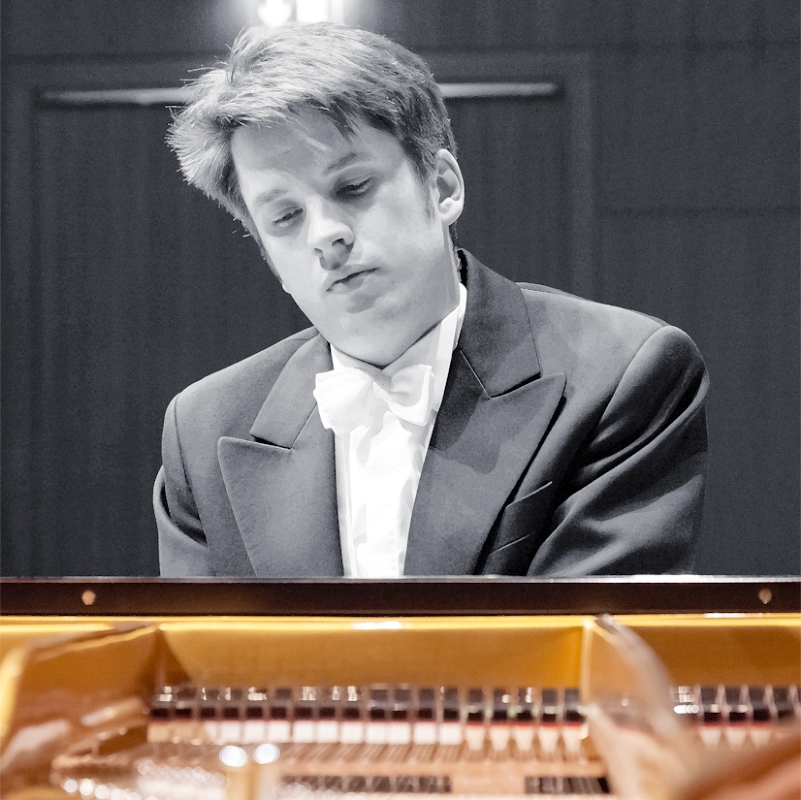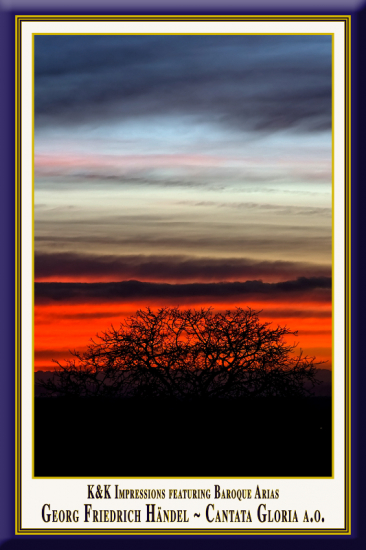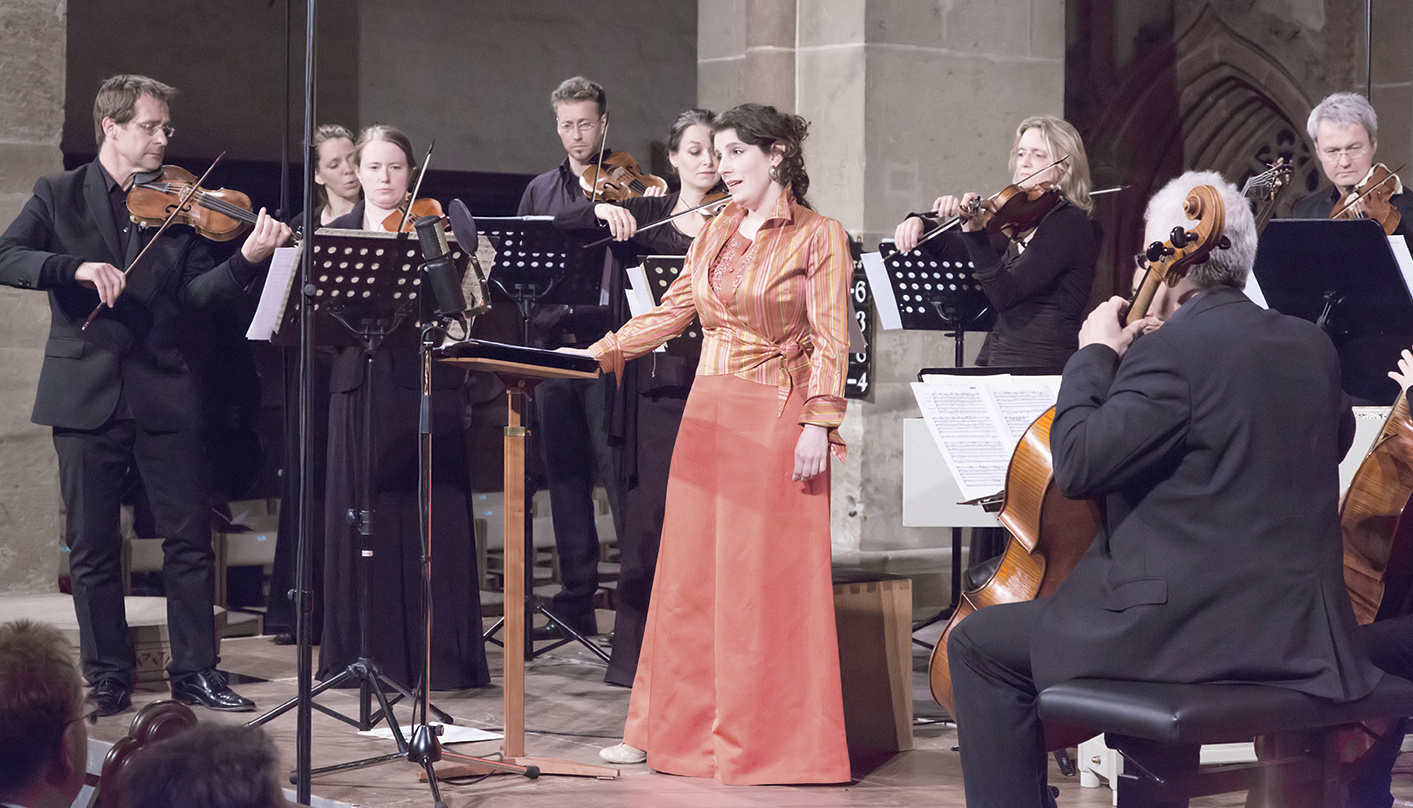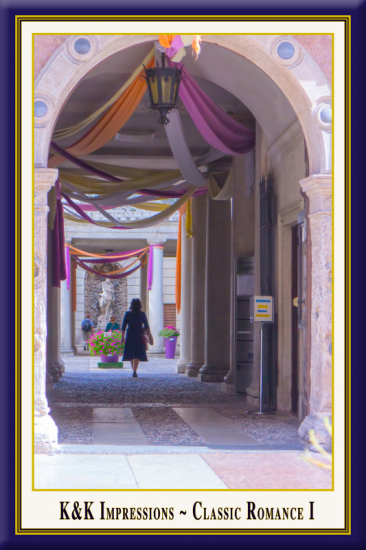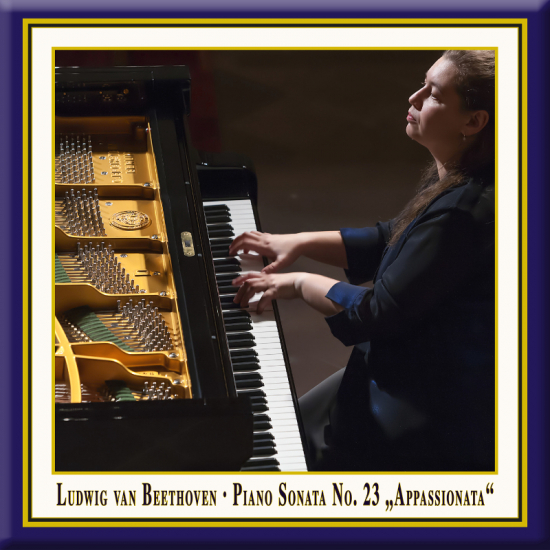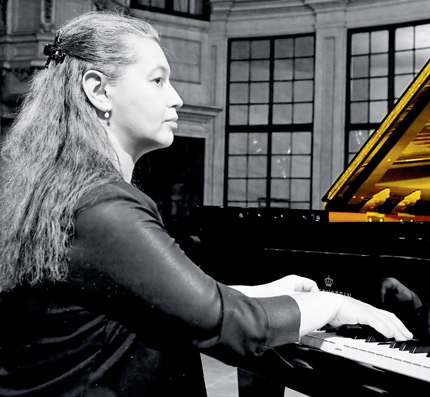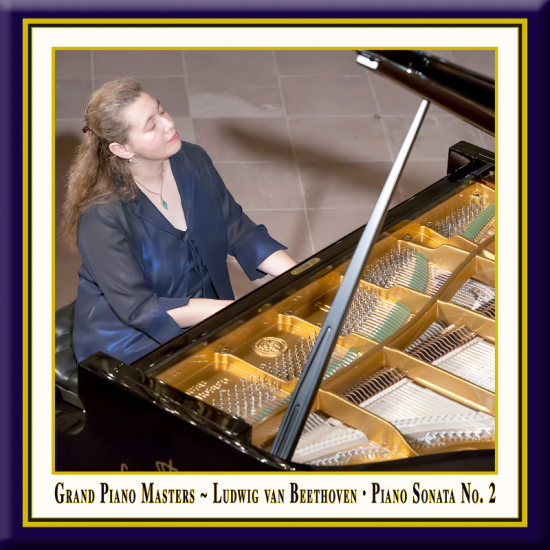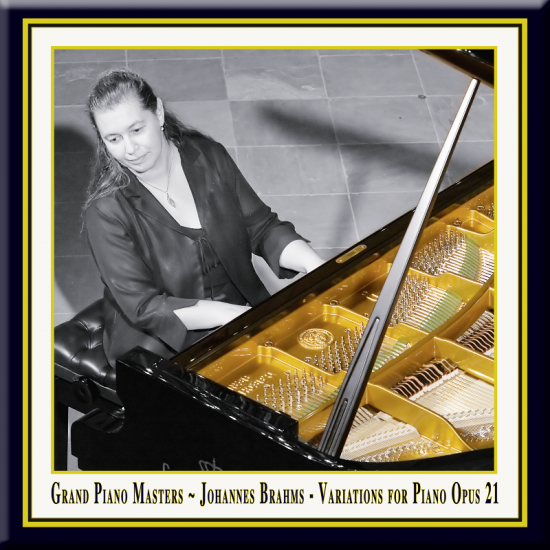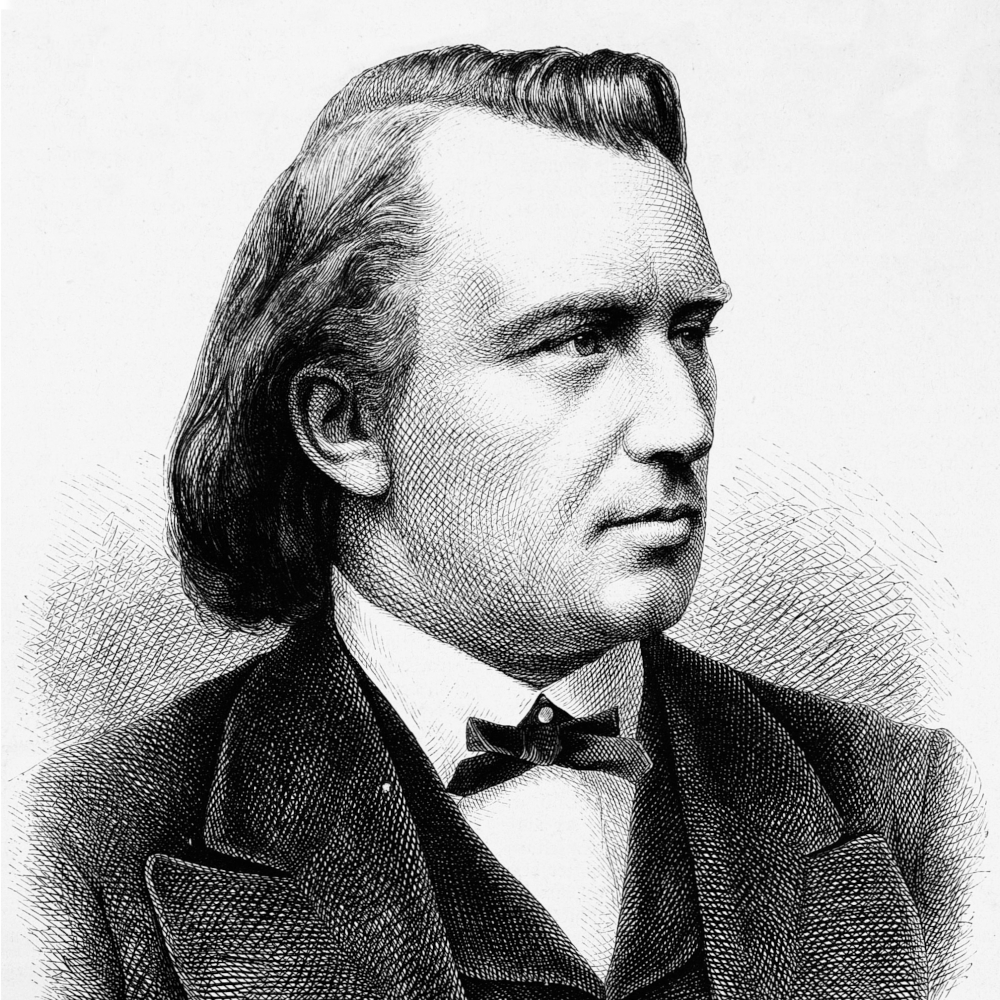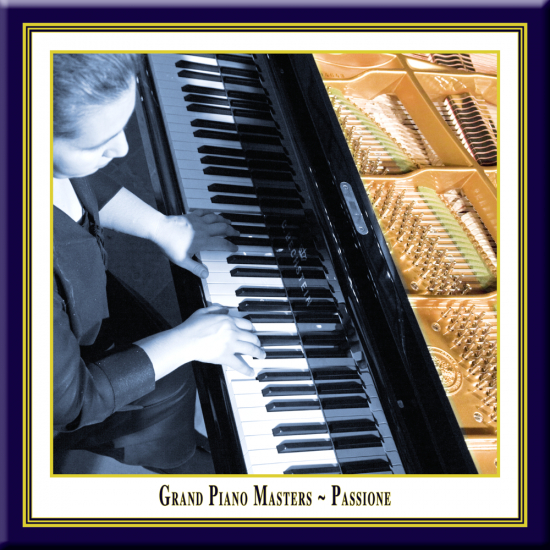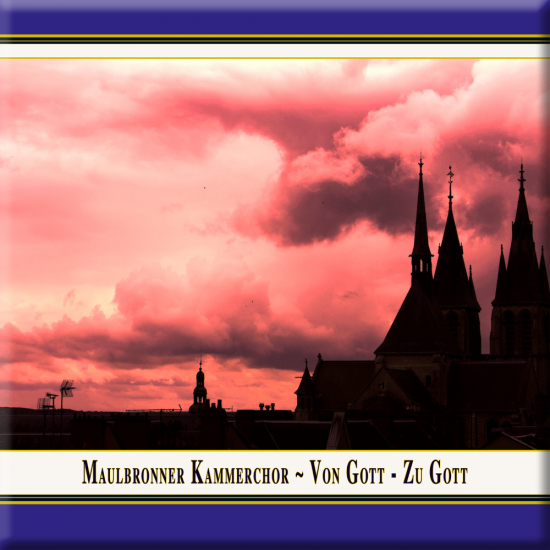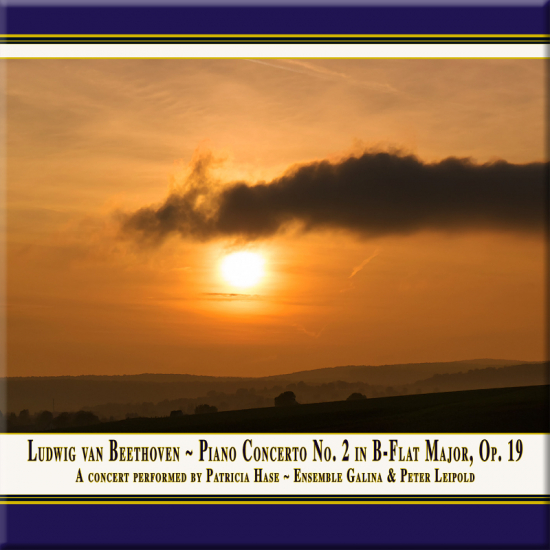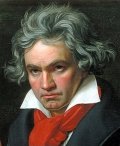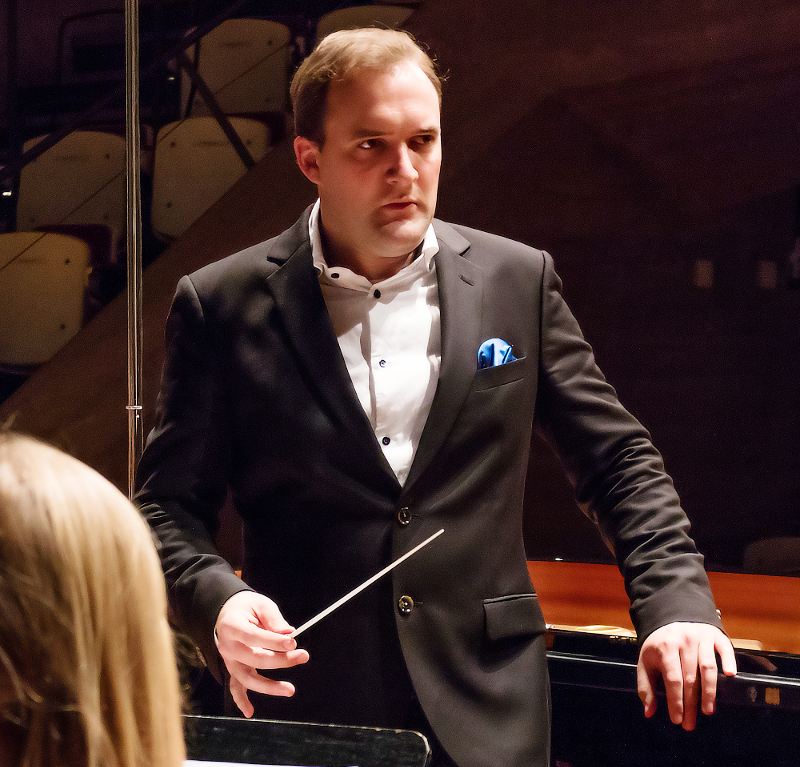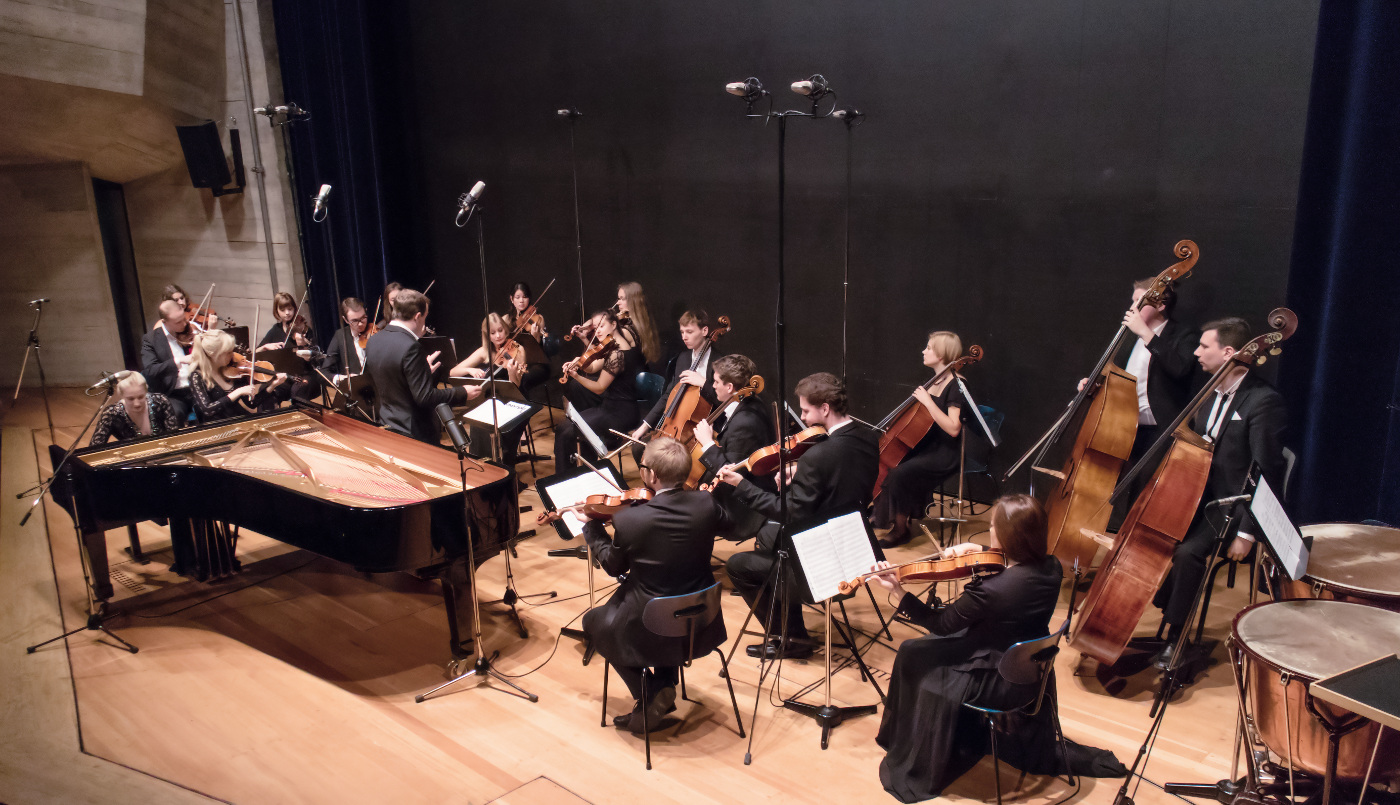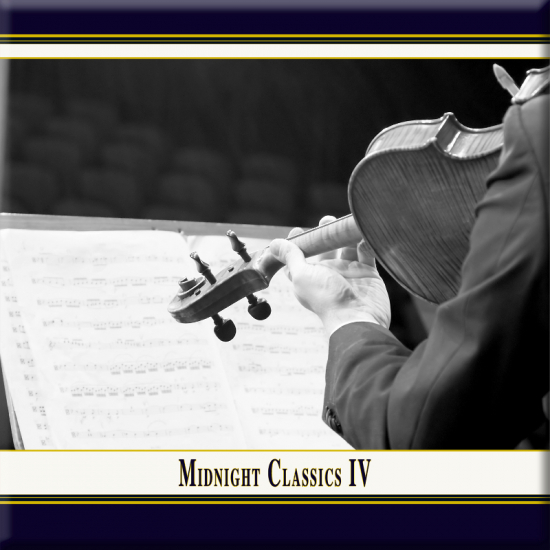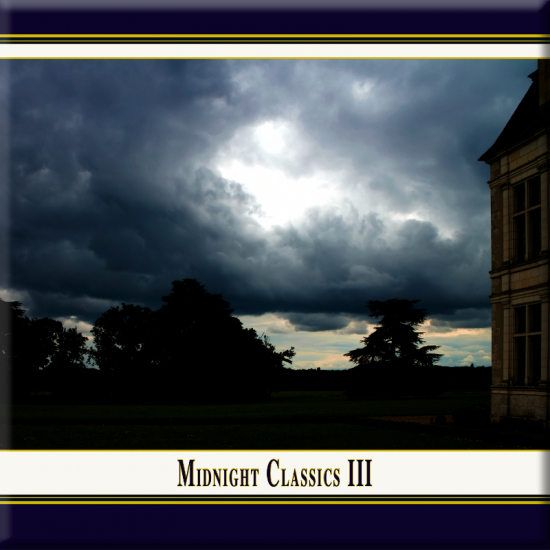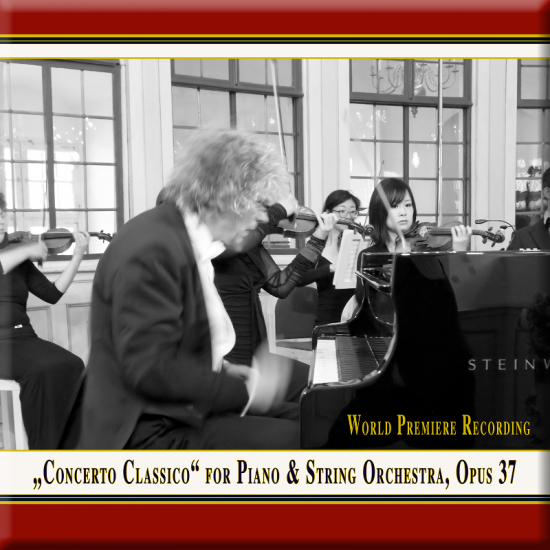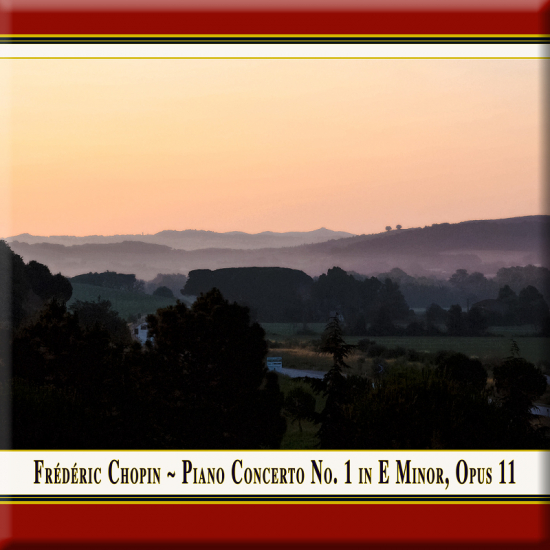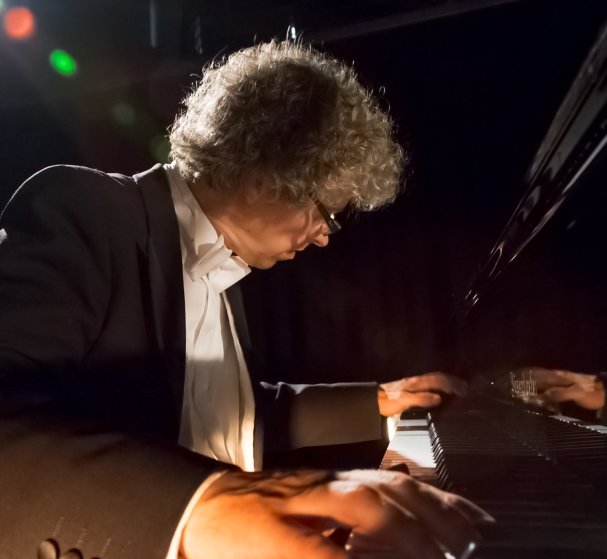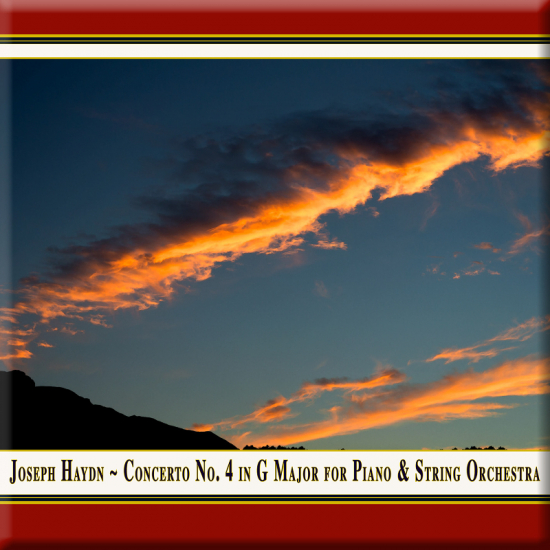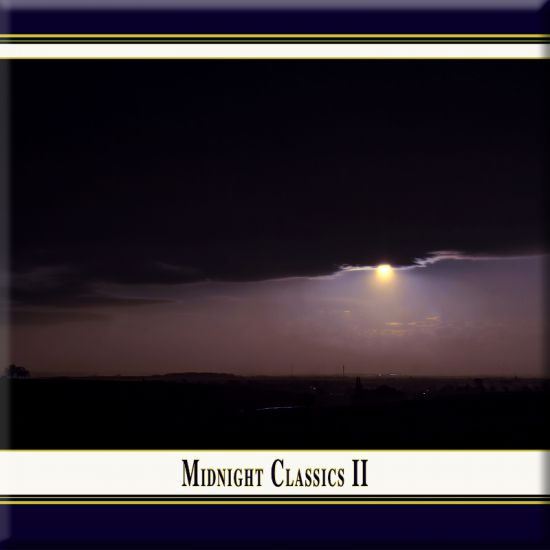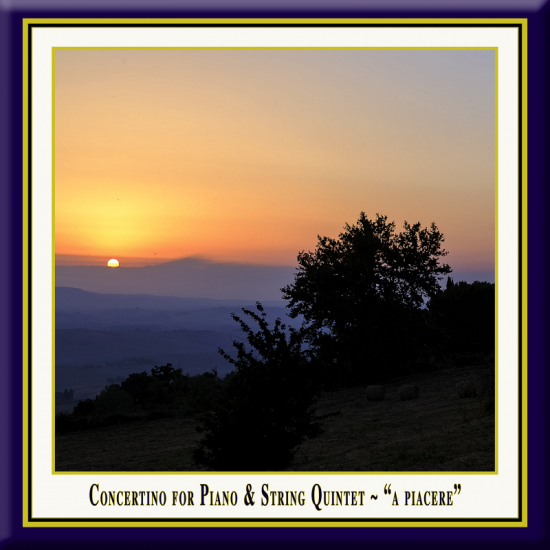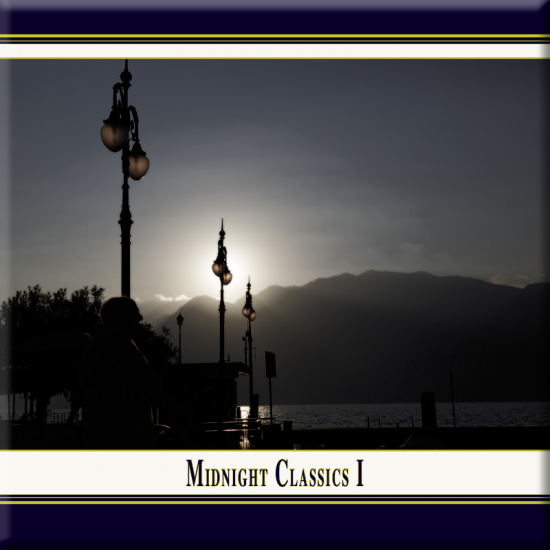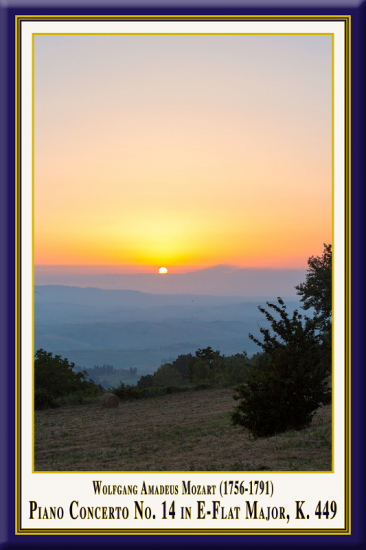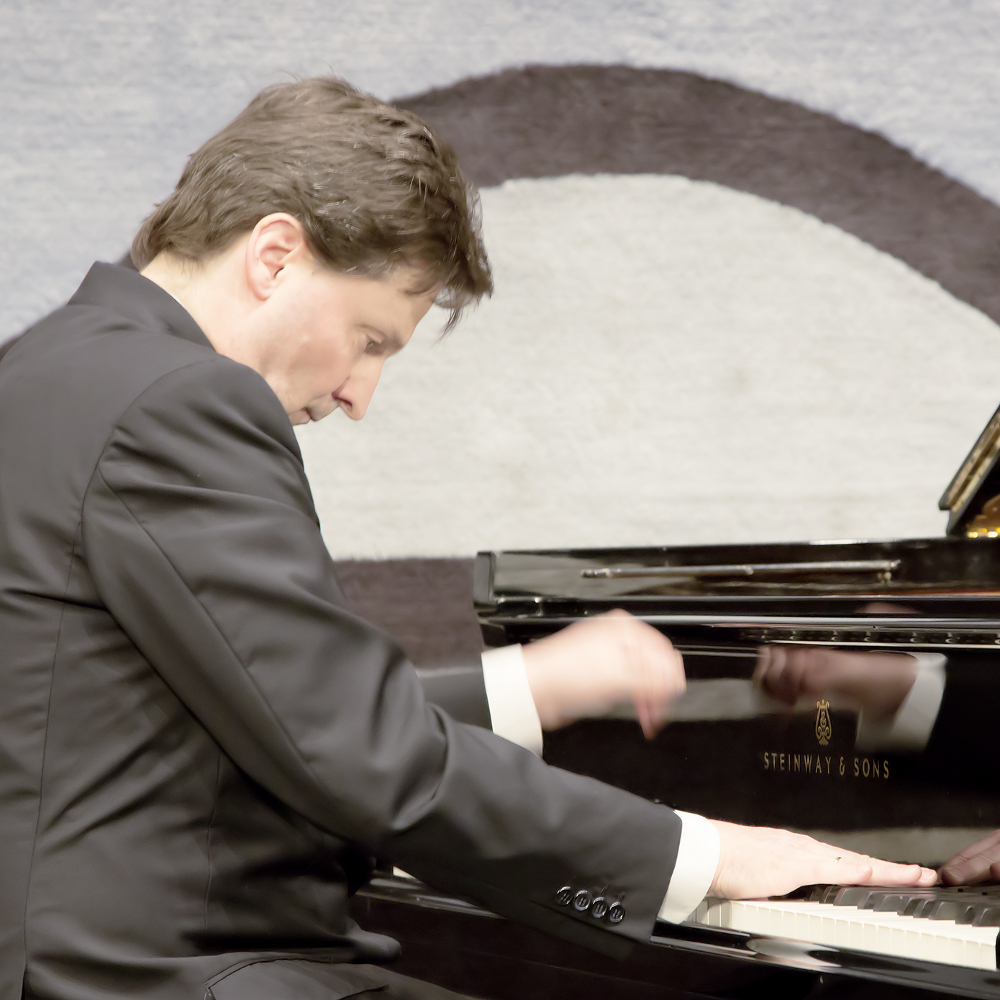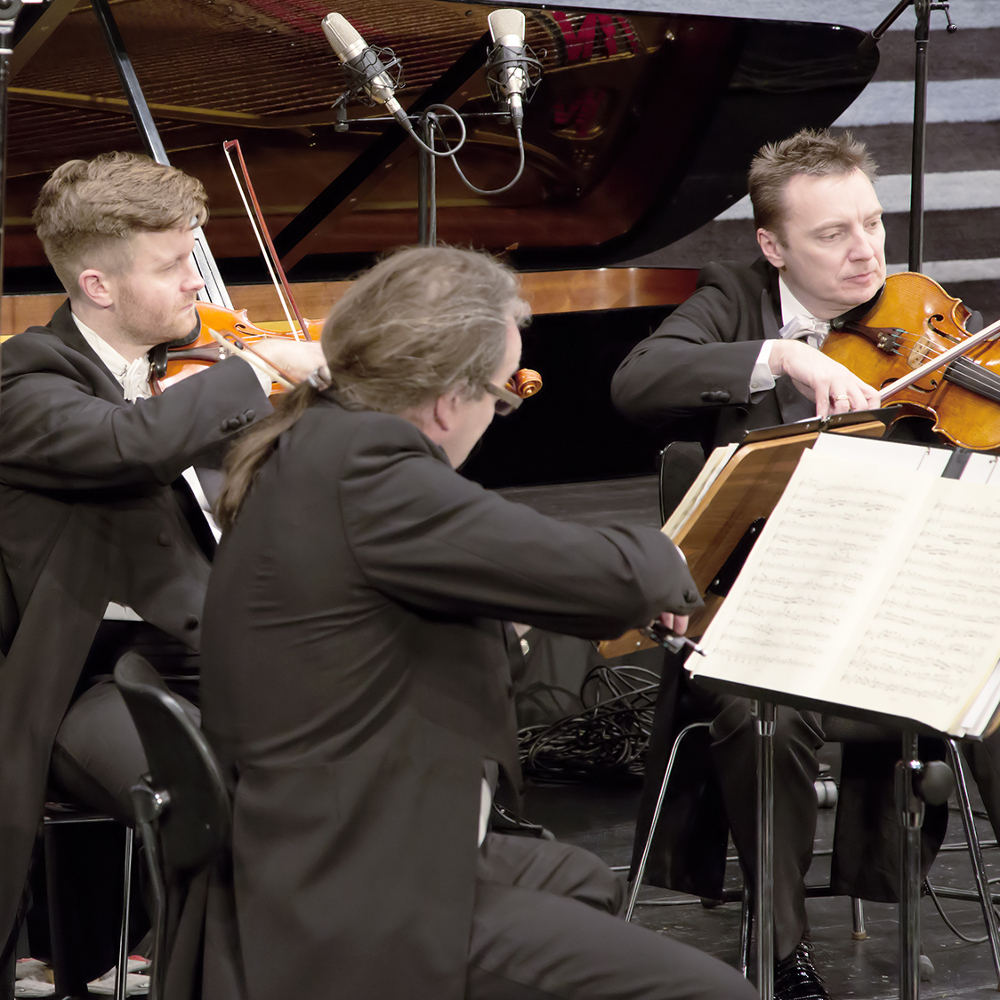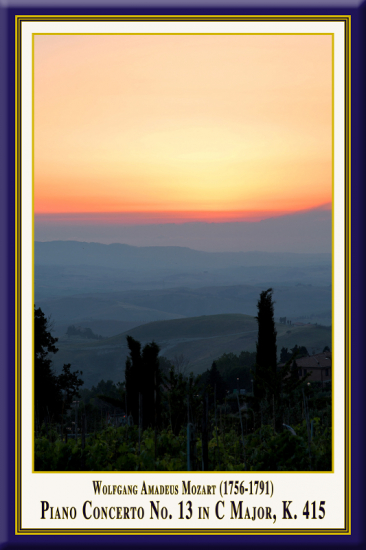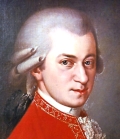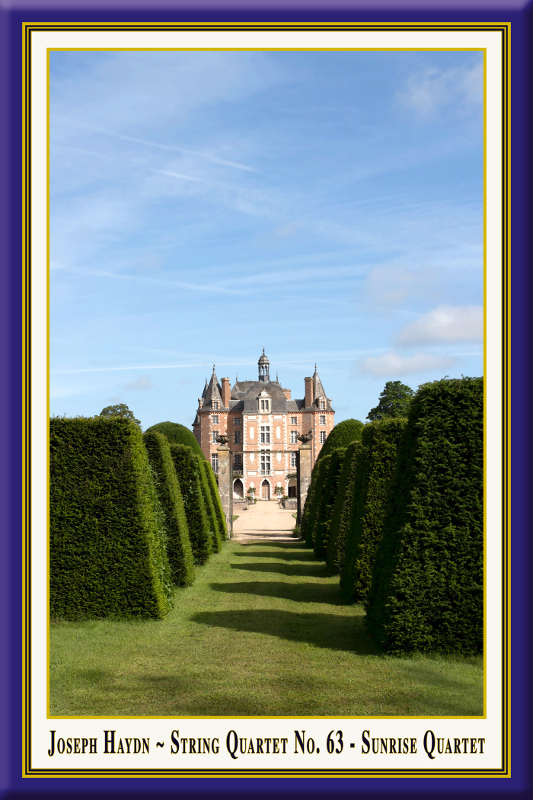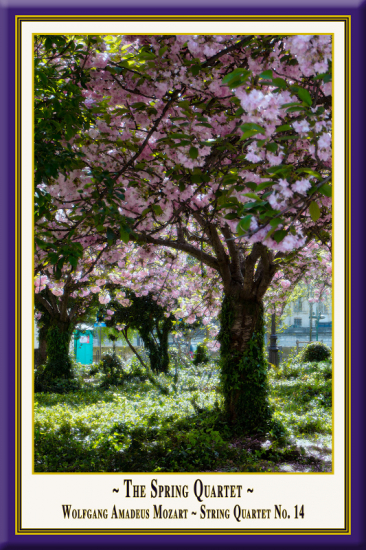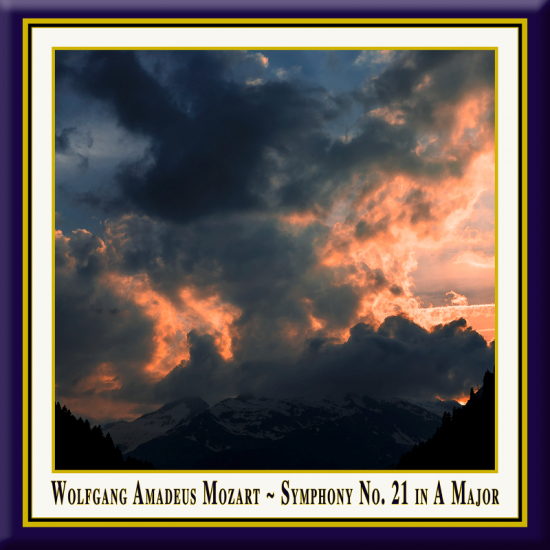
Featured on Spotify
This release is featured in the editorial playlist on Spotify:
COMPOSER WEEKLY: GALINA USTVOLSKAYA
Spotify Editorial

***** Wonderful performance and very good recording quality
Wonderful performance and very good recording quality. I love the beauty of the interpretation and the combination of the two works!
An Amazon Customer on July 31, 2016 - Customer Rating: 5 stars out of 5

Featured on Spotify
This release is featured on the Spotify list of 50 notable classical new releases
Spotify Editorial

The first recording played without blunders is out!
The first recording of the Concerto for Piano, Strings & Timpani played without blunders is out!
'Galina Ustvolskaya official' on Facebook

The Hannover-based pianist Patricia Hase has just released the Grand Piano Masters: Concertos by Ludwig van Beethoven (1770-1827) & Galina Ustvolskaya with conductor Peter Leipold and Ensemble Galina in with the record label K&K Verlagsanstalt this summer. A coffee addict and an avid reader who listens to German rap band Cro when she works out, Patricia tells primephonic’s Rina Sitorus about the new recording and her biggest wish in music.
Could you tell us about your newest album?
It’s very special for me to have recorded this album, because the conductor Peter Leipold and I are very close friends for many years now. It is so special for me to have this album recorded with him and the orchestra, Ensemble Galina. These wonderful concertos of Beethoven and Galina Ustvolskaya are two works which I'm addicted to.
Beethoven really is one of my favorite composers. It feels very natural for me to play his music. His early concertos are so fresh and full of spirit. The orchestra is young, the conductor is young, and I am young, so it was great to bring the spirit out of Beethoven's early works from his younger years. And Galina Ustvolskaya is one of the most impressive composers I've ever encountered. She was so strict and her music is uncomprimising, which really impressed me. I have a feeling that she really wanted to say something and not just merely make nice music.
The combination comes naturally - both works were written when the composers were young. I find that music written in that time of a person’s life actually says so much about our world today. It's hard to say which one I like better, I like both works just as much.
You mention that the music is a reflection of the world today. Could you elaborate on that?
I think the main themes are always the same: love, passion, death, religion. What Beethoven wrote are the same main themes which belong to us today. It's really important to show the audience that his music is absolutely modern and it is important for us to get connected to our feelings and our lives.
With all that in mind, I suppose you had had some kind of overall theme or mood in the back of your mind prior to the recording. Are you pleased with the final outcome?
Yes I had a very clear idea of how it should sound and how the music should feel. I was very hard on myself during the preparation – everything had to be better and better. But then, this recording was special because it was a live recording, so we only had one chance to get it right. So I stopped thinking when I entered the stage. My wish in that moment was to give everything I have and to leave my heart at that place, at that moment. Beforehand, I had been thinking it through so much, but once it started, I just let go, had fun and felt what was in the air. Maybe that’s what music is all about.
I hope one can hear that from the album.
Tell me about the audience during the recording.
It is always so interesting to see the audience. Their reactions are always so different every time. Every concert is very different but there is always a special atmosphere.
I remember the audience during the last recording so well. It was so quiet in the hall. It was in my hometown, Hannover, and there were many people in the audience who I knew. They were crossing fingers and I could feel that!
It was also so nice that backstage, right before we started, we all came together, for a big hug and I had the feeling that we had a great connection together. I had a feeling that everybody would give the best of what he or she can. It was such an amazing feeling, knowing that everybody wants to give their best.
How would you describe the collaboration between you, Peter Leipold and Ensemble Galina?
Well, Peter and I know each other for many years and I learned so much about music from him. I performed my first piano concerto with him conducting. Then there was a time when we were just thinking: ‘We know so many wonderful musicians, why don't we bring them together and see what happens?’ We are professional colleagues but we are also really good friends with a good connection. I think people can hear it on the album, that when we come together, there is such a nice atmosphere. To play this first recording with so many friends on stage playing together was so amazing. I feel so proud when I see the album.
Is it too early to ask about how the reaction to your latest album has been?
We got so much feedback – the media wrote very very nice things about us! Konstantin Bagrenin, Galina’s widower, wrote us a letter and he was really impressed and that his wife would have loved it. I think I could cry!
What can we expect in the near future?
The label KuK wants to make another recording with me and maybe with the orchestra. We are still brainstorming about the project, but we have cool ideas, though we have to keep it secret at the moment. But don't you worry, more is coming!
What about your own project(s)?
Well I have a lot of concerts planned, and there is a possibility of a solo recording. It could be Schubert, my other favourite composer.
Where will you be in 10 years?
I hope I can play piano and continue being on stage for my whole life. It'll be great if I get the chance to make music and keep going in this very special and wonderful direction. But you never know what’s going to happen. I'm completely relaxed, so we'll see – the rest will come.
Any names you'd like to work with?
I really really like the violinist Isabelle Faust. It would be great for me to play with her, and I also really like the pianist Maria João Pires. I think she's so absolutely amazing. And so many conductors! Maybe to play once with the Berlin Philharmonic – of course that is the dream of every musician, I think. I played a lot with horn player Felix Klieser. These were such amazing experiences and maybe there's another chance to play with him again.
What do you do when you're not busy with recordings or concerts and how do you balance your music with other obligations, such as friends and family?
I really like to play sports and I'm addicted to coffee and chocolate. Sitting in a cafe, having a nice coffee while talking to a friend: that is the real Patricia. And I also like reading: from criminal stuff to music, biographies, funny stuff; I read everything!Balancing my music with the rest is much easier than I had thought it would be. I have many friends from all over the world which is perfect, since in most cities I play, there is somebody I know. I'm very connected to them through technology. And my family lives all over the world, so I'm used to that. I think the point is, they've already known me this way since the beginning. Because I also make music together with friends, we can combine friendship and the work. Sometimes during rehearsals with the orchestra we really have to be careful that we are not only talking about other [non-musical] stuff. People bring cakes, and during break we can talk about 'important private' stuff!
What is your biggest wish as a musician?
To break the distance between the audience and the people on stage. Sometimes I feel that the people in the audience are just watching the people who are on stage, so I find it important to get everything connected.
How would you achieve that?
I often talk to the audience and explain something about the works. Other times I tell them what I feel when I play, or just ideas of what it could be and leave it open, so that we can discuss it afterwards. For me it is interesting to know what the audience thinks. It makes it more alive and brings it closer to the present day.
Patricia Hase, in conversation with primephonic's Rina Sitorus
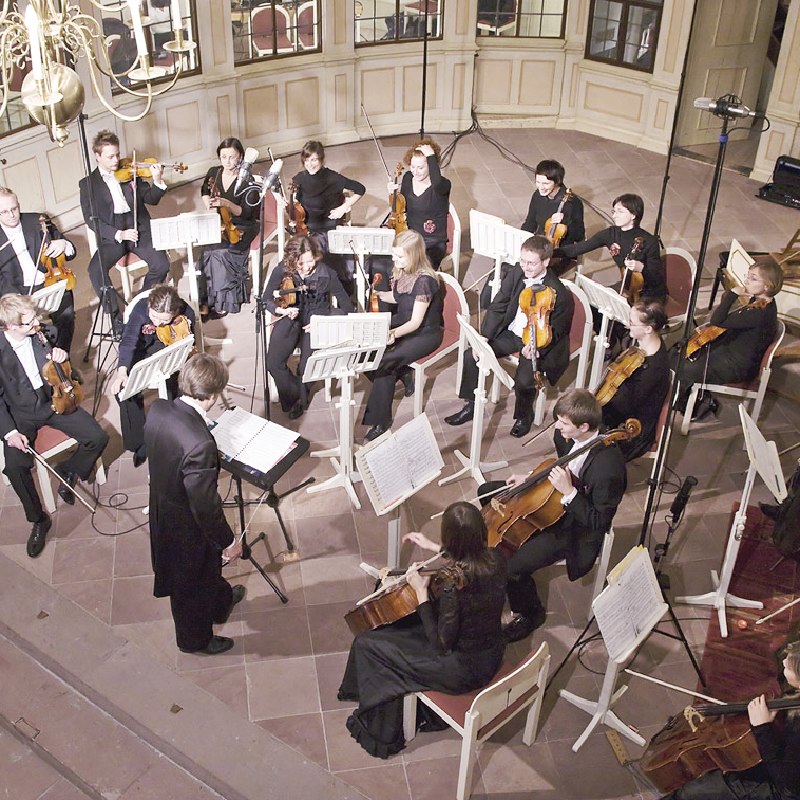
 Publishing Authentic Classical Concerts entails for us capturing and recording for posterity outstanding performances and concerts. The performers, audience, opus and room enter into an intimate dialogue that in its form and expression, its atmosphere, is unique and unrepeatable.
It is our aim, the philosophy of our house, to enable the listener to acutely experience every facet of this symbiosis, the intensity of the performance, so we record the concerts in direct 2-Track Stereo digital HD. The results are unparalleled interpretations of musical and literary works, simply - audiophile snapshots of permanent value.
Publishing Authentic Classical Concerts entails for us capturing and recording for posterity outstanding performances and concerts. The performers, audience, opus and room enter into an intimate dialogue that in its form and expression, its atmosphere, is unique and unrepeatable.
It is our aim, the philosophy of our house, to enable the listener to acutely experience every facet of this symbiosis, the intensity of the performance, so we record the concerts in direct 2-Track Stereo digital HD. The results are unparalleled interpretations of musical and literary works, simply - audiophile snapshots of permanent value. 
